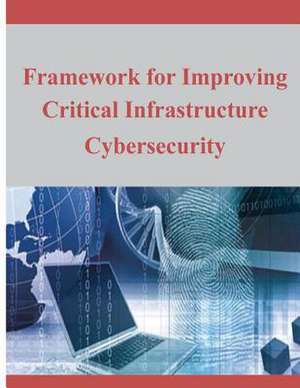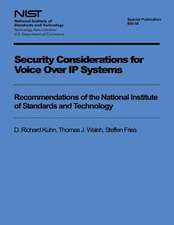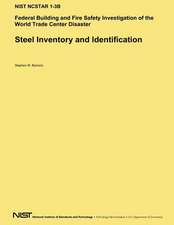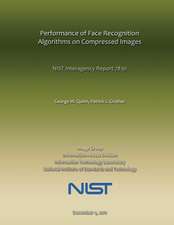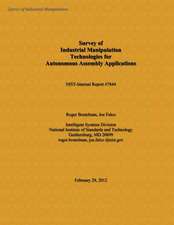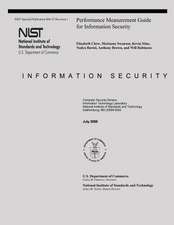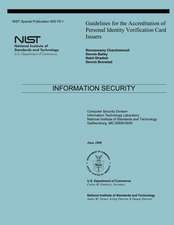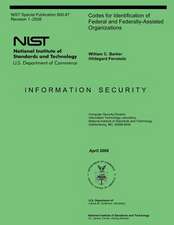Framework for Improving Critical Infrastructure Cybersecurity
Autor National Institute of Standards and Techen Limba Engleză Paperback
Preț: 105.67 lei
Preț vechi: 132.09 lei
-20% Nou
Puncte Express: 159
Preț estimativ în valută:
20.22€ • 21.03$ • 16.69£
20.22€ • 21.03$ • 16.69£
Carte disponibilă
Livrare economică 24 martie-07 aprilie
Preluare comenzi: 021 569.72.76
Specificații
ISBN-13: 9781497580794
ISBN-10: 149758079X
Pagini: 42
Dimensiuni: 216 x 279 x 3 mm
Greutate: 0.12 kg
Editura: CreateSpace Independent Publishing Platform
ISBN-10: 149758079X
Pagini: 42
Dimensiuni: 216 x 279 x 3 mm
Greutate: 0.12 kg
Editura: CreateSpace Independent Publishing Platform
